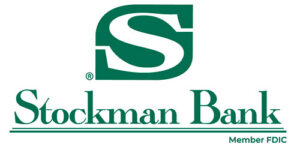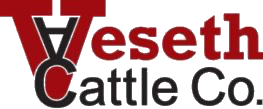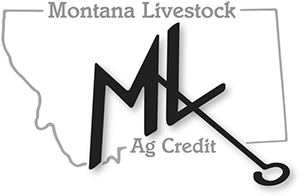Montana rancher shares lessons learned with virtual cow collar technology in free May 18 webinar.
By Laura Nelson,
Ranchers Stewardship Alliance
He never thought he’d see it in his lifetime.
“This started with a conversation with a friend in the wildlife community,” Montana rancher Leo Barthelmess said. They discussed the challenges old, barbed—wire fencing posed to wildlife migration, and the cost and labor involved for a rancher to maintain and build new fencing. The expenses for both continued to mount.
“She said, ‘wouldn’t it be nice if we didn’t have to have fences?’ I said, ‘Yes, but we won’t see it in you or I’s lifetime,’” Barthelmess recalled.
Just a couple years later, a conversation with a fellow Ranching For Profit graduate piqued his interest and connected him to company working to implement virtual fencing collars for livestock. He’s now in his second full year testing the technology on his family’s south Phillips County ranch.
Barthelmess and Vence, Inc., engineer Todd Parker will present “Ranching for a Resilient Future: Virtual Fencing for Land, Livestock and Landscape Health” in a free webinar at 7 p.m., Tuesday, May 18. Registration for the webinar is at www.ranchstewards.org. This is the final session in the Ranchers Stewardship Alliance’s Rural Resilience webinar series.
The Ranchers Stewardship Alliance, with support from the Montana Grazing Lands Conservation Initiative (GLCI) also released a short film called “NextGen Fencing” on the topic this week.
The virtual fencing collars use satellite positioning technology to contain livestock without the need for a physical barrier. The distribution of the collared livestock can be carefully and precisely controlled through Vence’s software interface, where grazing cells can be quickly moved or modified according to conditions and vegetation growth.
“We are more prepared to weather adverse situations because we have the tools and the opportunities and the options to change course rather quickly,” Barthelmess said in the video.
The Barthelmess family piloted the use of the virtual cow collars on 400 mature cows in October 2019. After a full year utilizing the technology in 2020, they continue to adjust their grazing strategy and learn alongside their cattle.
“A lot of what good ranching and stockmanship is, is taking good care of the land, and we’re bringing another tool to the table to help ranchers do that,” Parker said.
Barthelmess said he noted a very distinct change in animal behavior over the course of the past two grazing seasons with the collars in place.
“They have historic memory of where they graze and how they graze,” Barthelmess said. “We’ve made them graze places they’ve never grazed before.”
The ability to adaptably rest favored areas and force cattle to graze historically under-utilized pasture with the collars helps stockpile forages to move the ranch closer to its ultimate goal of year-round grazing. While Barthelmess says he recognizes a yard full of hay is a necessary insurance policy for a North-Central Montana winter, “Our long-term goal is to graze cattle out on improved forage 11-12 months a year. The cost of equipment is just too high to keep haying – we have to change our business model if we want to sustain the ranch.”
Barthelmess can adjust his grazing barriers on his home computer or iPad. The barriers upload to Vence servers in California and the new fence lines are live within 12 hours.

“Virtual fencing is going to be a game-changer in terms of cost and labor,” Parker said. “You’re able to do more fencing, and more flexible fencing. Stock density can go up, ranching efficiency can go up and all of this is going to improve the bottom line.”
While the virtual collars mean less time spent building or moving temporary electric fence, or repairing and building perimeter fence, Barthelmess says it doesn’t mean less time in the field – just different time. He now spends more time observing the cattle, noting the conditions of the grass and soil, strategizing how to improve the next pasture design and enjoying the land and lifestyle that he loves.
“We want quality of life for ourselves and our livestock, we want a wonderful community to live in, we want these soils and water systems to work properly,” Barthelmess said. “We’re just one piece of this big, complex web of life, and we’re just trying to manage the pieces we can manage.”
# # #
About Ranchers Stewardship Alliance, Inc.: In 2003, 30 ranching families in northern Montana came together to resolve common problems they faced. Now known as the Ranchers Stewardship Alliance, this rancher-led non-profit organization continues to work to strengthen our rural communities, economy and ranching culture. RSA exists to help multi-generational and beginning ranchers build the collaborative, trusting relationships and community-based solutions we need to create healthy, working landscapes and vibrant rural communities. Ranching, Conservation, Communities – a Winning Team!
The NextGen Fencing film, produced by AgriStudios, is available at https://youtu.be/0NSWoWCROus. Please contact Laura Nelson at [email protected] for to inquire about sharing an original version of the film with your audience.



